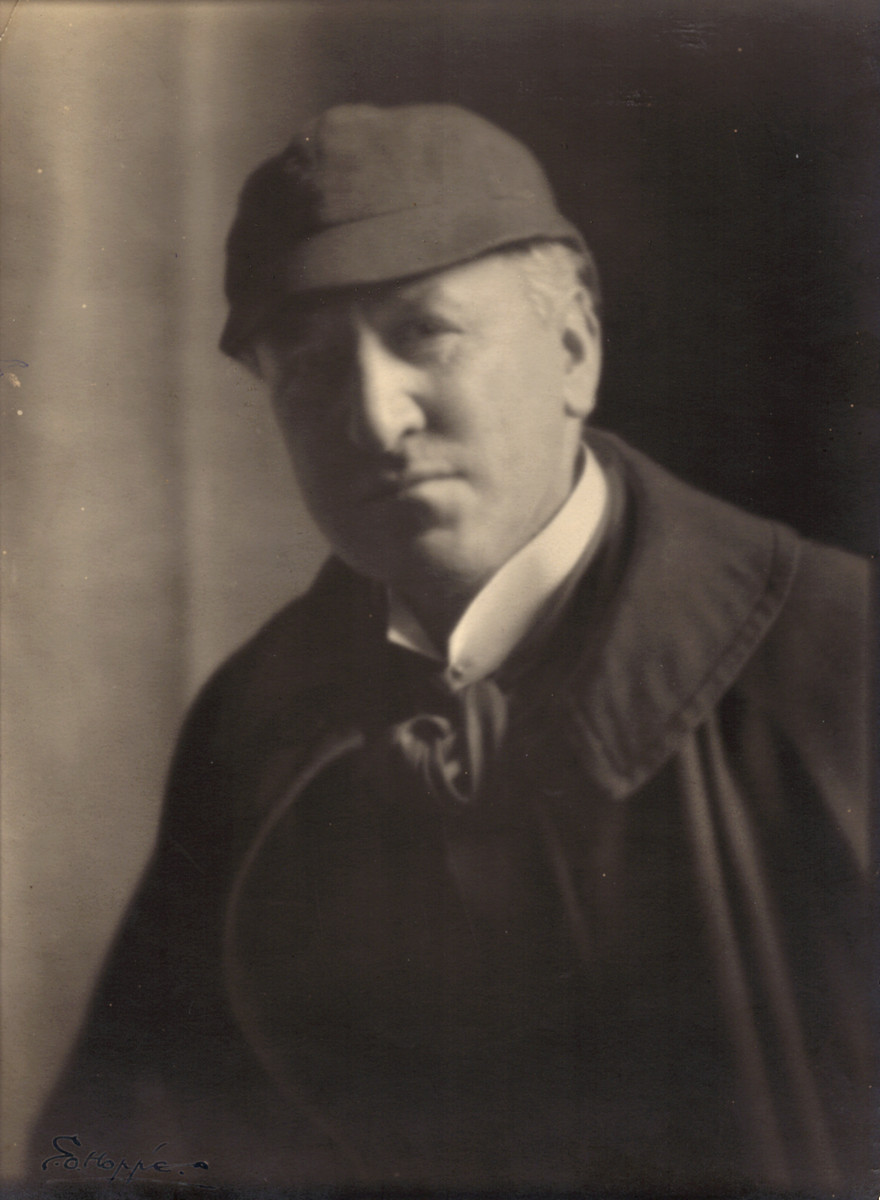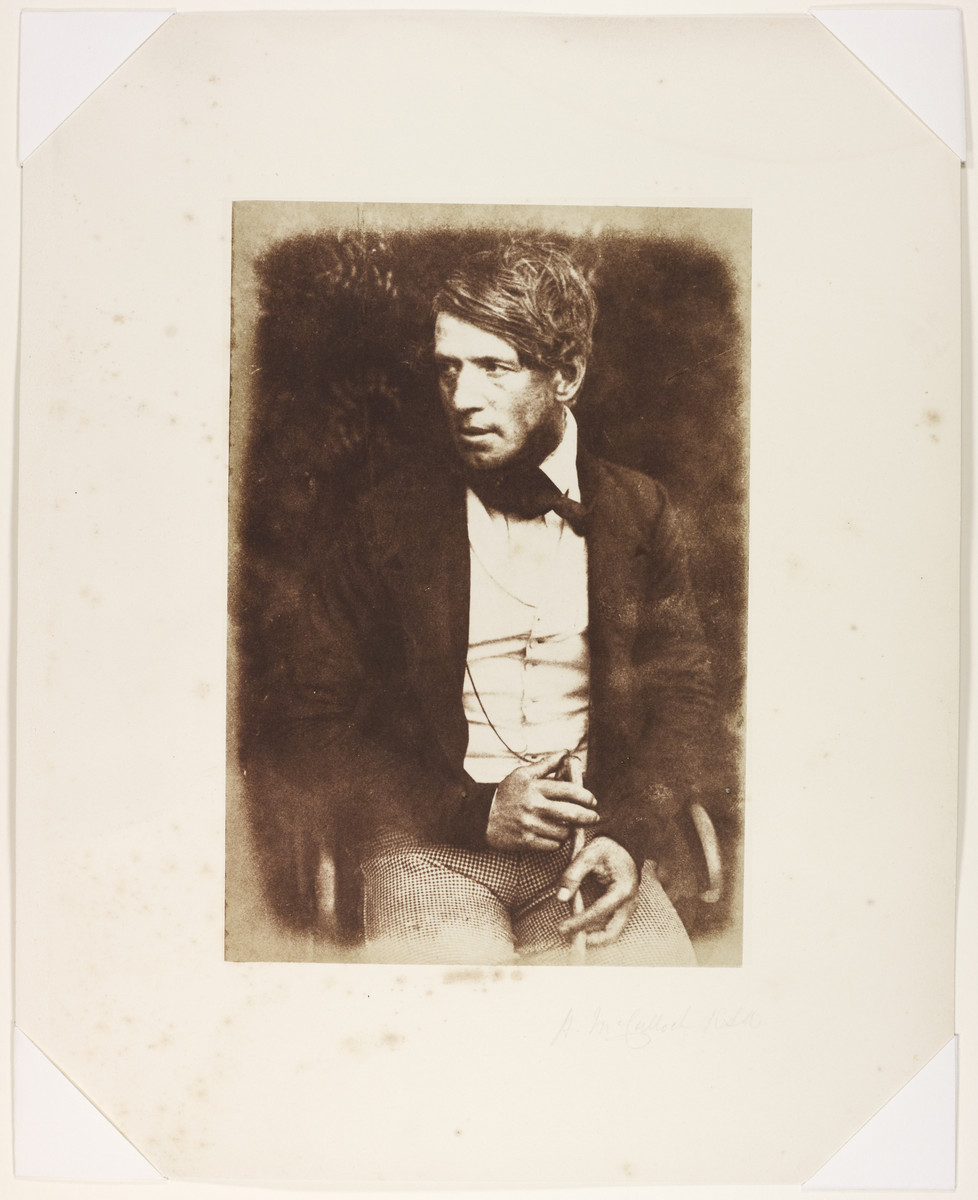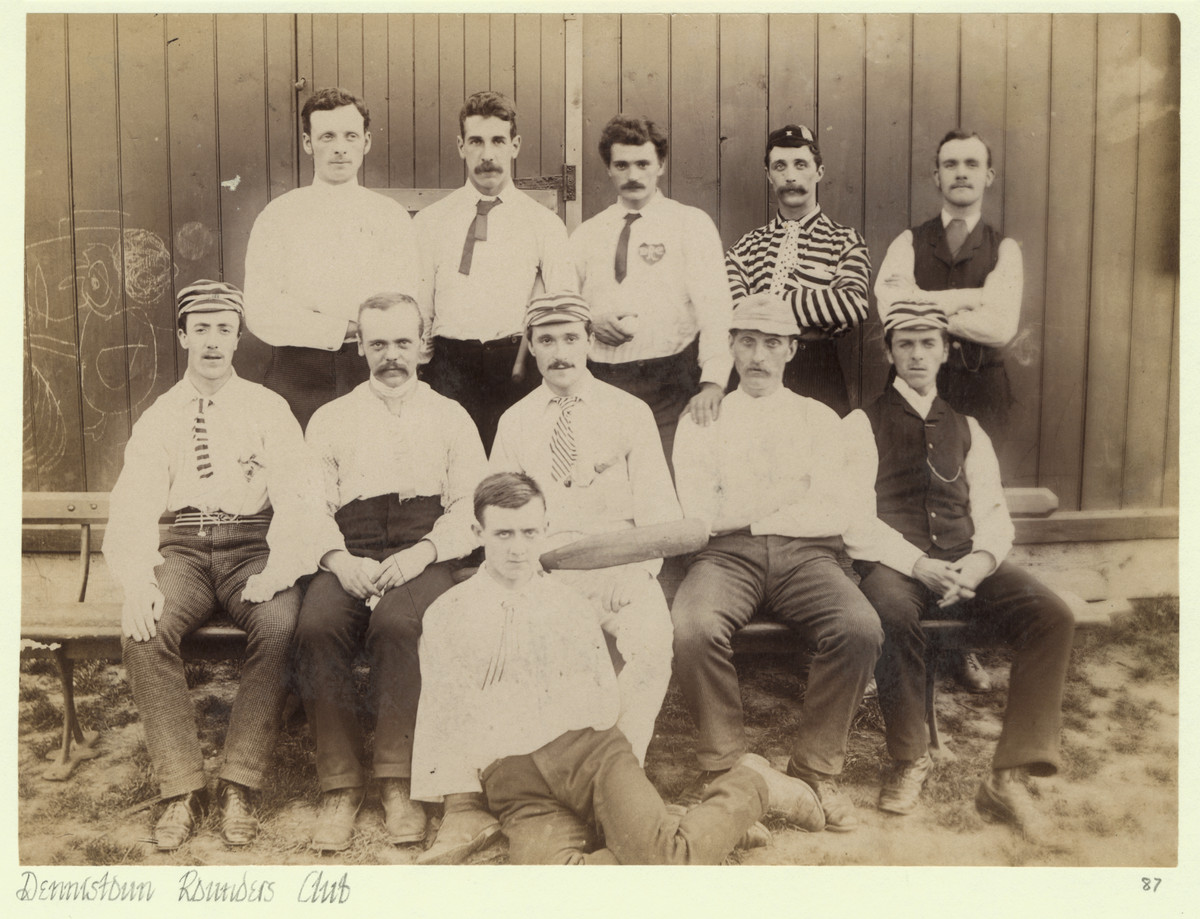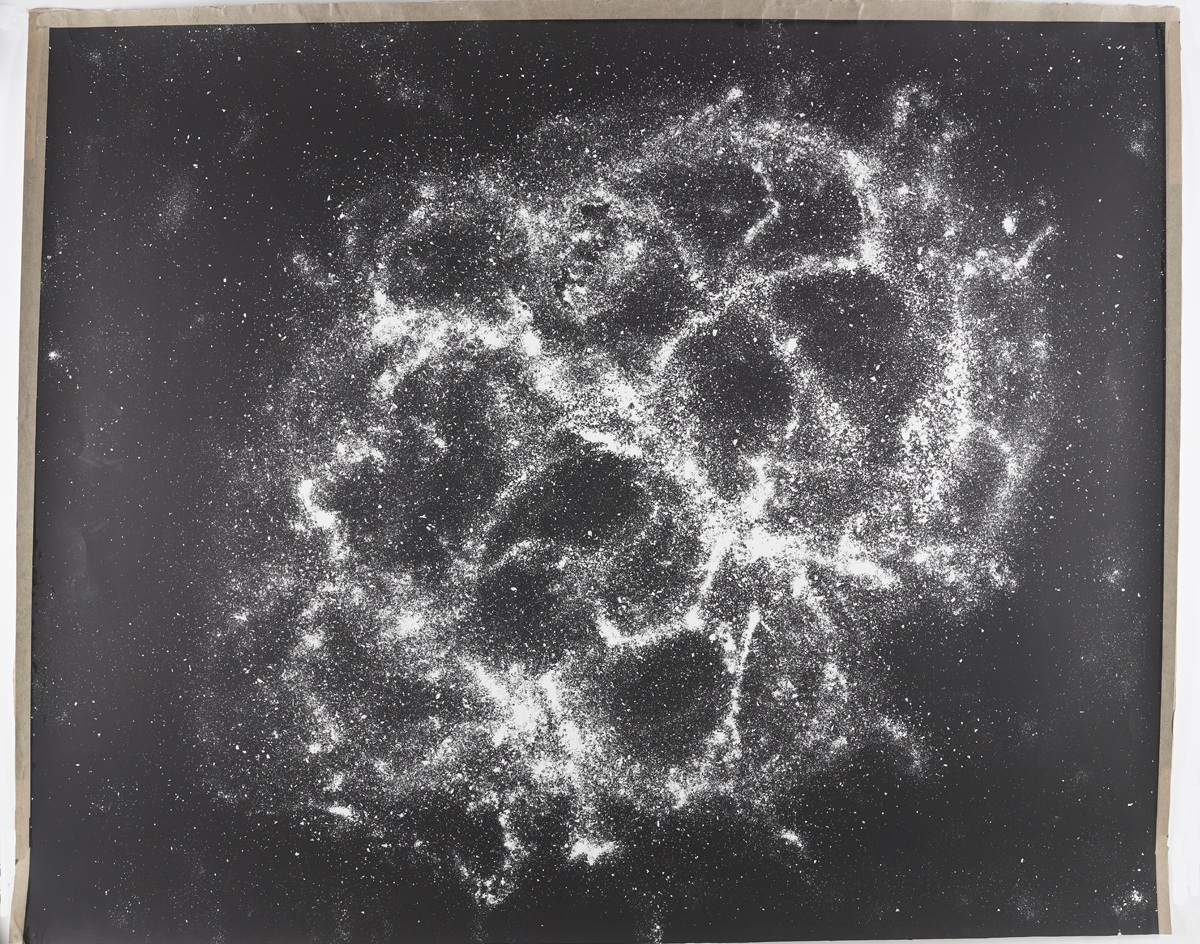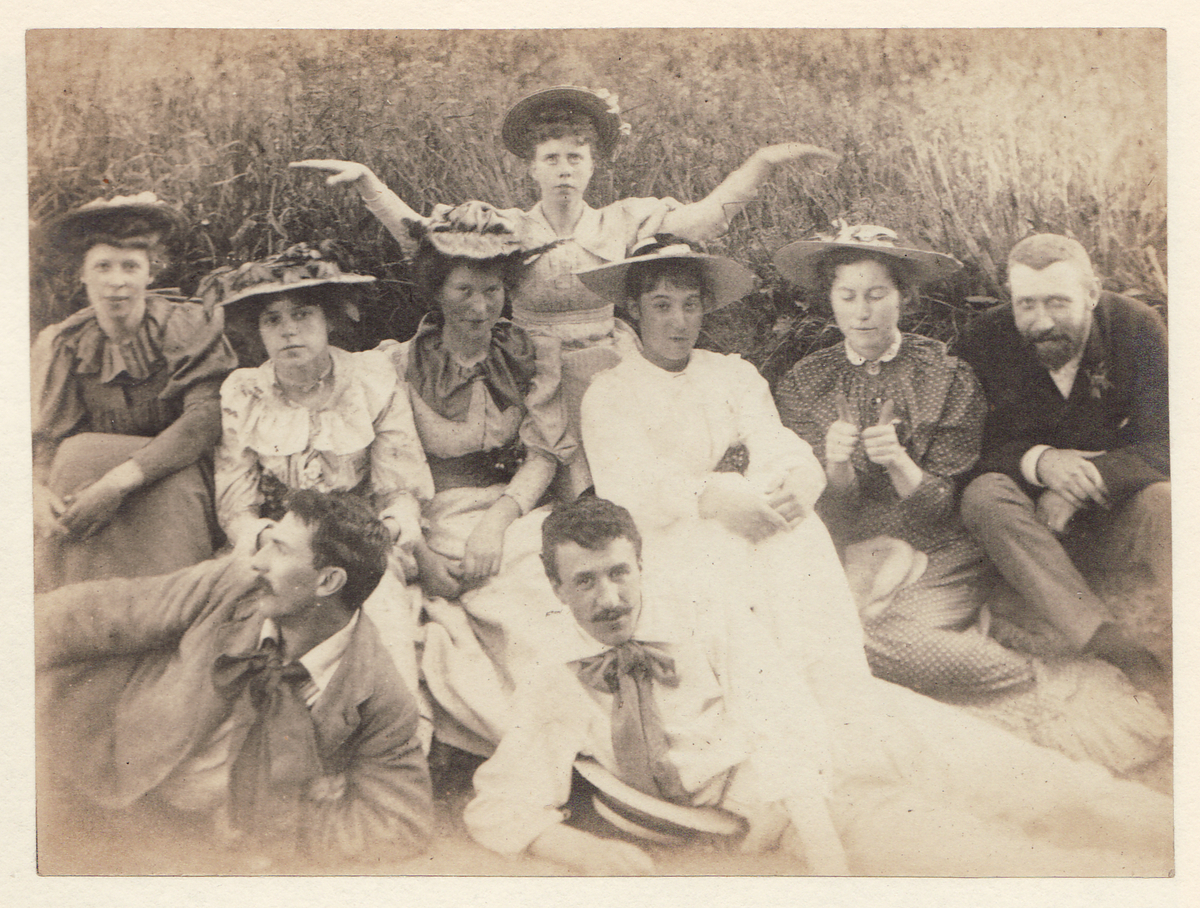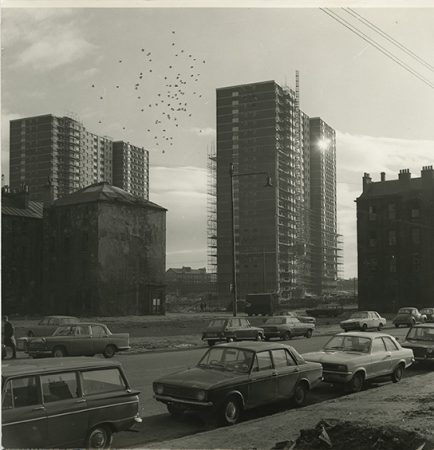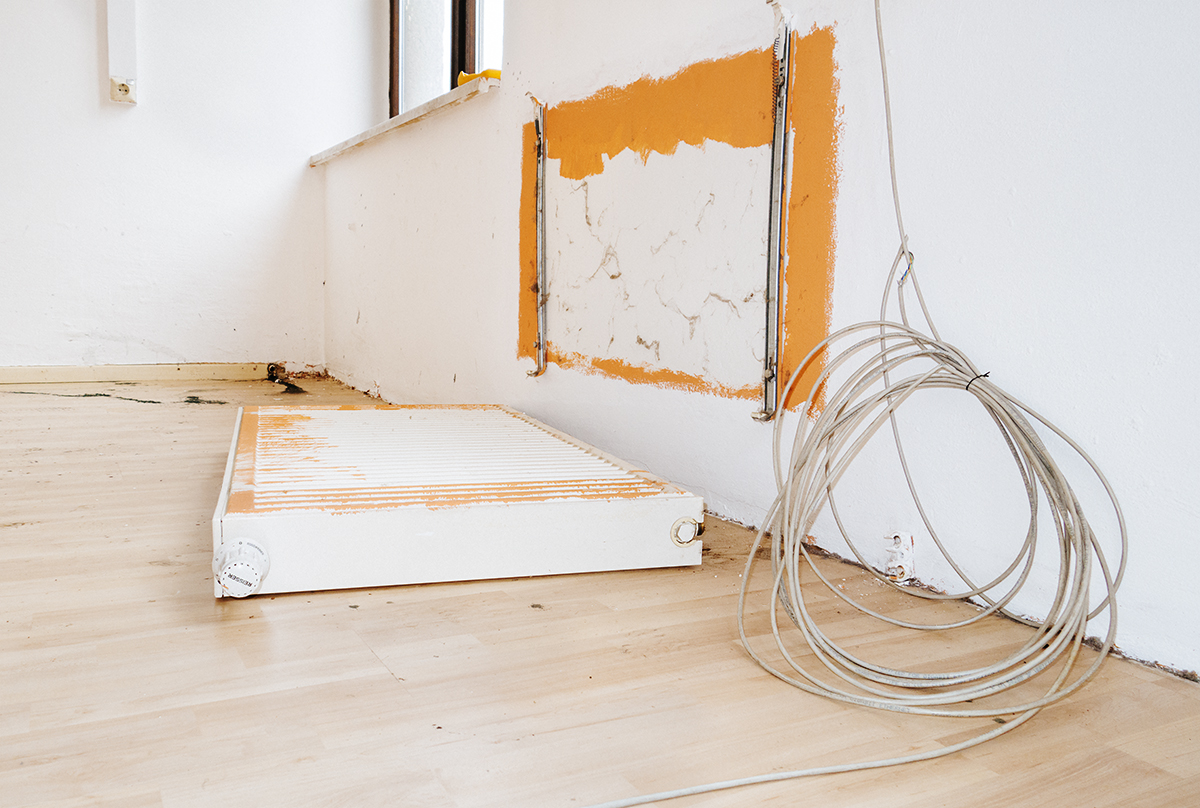Photographs
To begin with one of the most significant collaborations in photography’s history from the 1840s, we have 4 volumes containing 29 portrait carbon prints and 90 calotype prints by the pioneering David Octavius Hill (1802–1870) and Robert Adamson (1821-1848). Digitisation allows users to study this special collection, not only for their important contribution to photographic portraiture but, as this famous portrait of Newhaven Mrs Elizabeth Hall suggests, also for new insights into what these photographs may further reveal, for example, in terms of gender, class and material histories of the period.[1]
The Duncan Brown Photographic Collection features over 300 photographs from a dedicated ‘amateur’. From the 1850s onwards, Duncan Brown (1819-1897) created architectural views, studio portraits, street scenes, still lives and experimented with staged narrative portraiture. Glasgow is depicted through urban life in Saltmarket, and through scenes that might be associated more with rural life, such as Haying near Queen’s Park. From 1845-1862, Brown was Janitor at The Glasgow School of Art. This unusual holding represents an employee not involved with teaching, who was nevertheless engaged in a photographic practice that deserves more attention.
Photography’s ability to convey the social significance of architectural change in the Glasgow landscape has a strong presence in the Archives and Collections. While tenement blocks and high-rise flats of the Gorbals have come and gone, the monochrome work of George Oliver (1920-1990) remains., Oliver was a former student whose studies at GSA were interrupted by active service in WW2. His work from the 1970s-1980s resonates with the celebrated photographs of Oscar Marzaroli (1933-1988), and the politically charged photographs by Joseph McKenzie (1929-2015).
From glass negatives to unique photographic albums, The Glasgow School of Art’s own history is fundamental to the Archives and Collections. Photographs from the 1890s onwards provide an important visual record of the School’s buildings, its students and staff engaged in a range of art and design activities. A feminist eye might be drawn to the pre-WW1 photographs of female students in full Edwardian dress in the painting and sculpture studios. A decolonising eye might attend to teaching aids, such as Lantern Slides, used to cover subjects such as European and Asian Art History, Ethnography and Costume design. A photographic historian might be drawn to the artistry of the c1920 portraits of Charles Rennie Mackintosh (1868-1928) by Emile Otto Hoppé (1878-1972), and the wonderful 1893 portrait of Margaret Macdonald Mackintosh (1864-1933) created by T & R Annan & Sons, Ltd.
The photographs of the Mackintosh Building have been one of the many sources the Archives and Collections have contributed to its restoration following the 2014 fire. While the devastating 2018 fire means that for many such photographs are reminders of GSA’s loss, they continue to hold a place in the GSA’s future rebuilding plans.
Turning to the future, and the priorities of the Archives and Collections, a very important part of our holdings are works by the GSA’s alumni. Many of these are from our unique BA Fine Art Photography course that was established in 1982 by the eminent photographer Thomas Joshua Cooper, and now led by the artist Lesley Punton. From works such as a moving momento mori by Alex Knox (1995- ), a fibre based photogram of his grandfather’s ashes created in 2015, to Positions: Orange on White, White on Orange, 2017, by Ruudu Ulas, with her playful use of abstraction and the everyday, these holdings reflect the medium’s continuing versatility alongside the conceptual concerns of new generations of artists and photographers.
- [1] For example, see Caroline Douglas, PhD Candidate at the Royal College of Art, and GSA MFA alumni. GSA’s Head of School of Fine Art Professor Rebecca Fortnum is her Supervisor.


